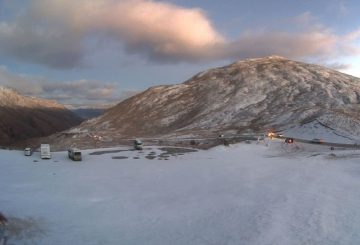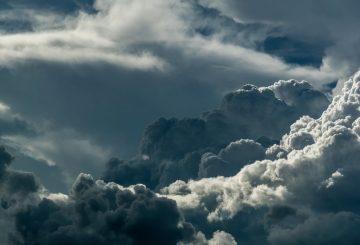萤火虫和其他夜间活动虫具有在黑暗中航行和生存的惊人能力。但是,光污染使他们的生活更加艰难。人类是当今的生物,往往没有意识到我们对这些喜爱夜晚的昆虫的影响。
我们的眼睛不擅长在黑暗中看见,所以我们用火和电来照亮夜晚。但是这种人造光正在改变夜间活动昆虫的环境。实际上,世界上约有23%的陆地面积受到光污染的影响,据信光污染导致了昆虫种群的减少。
研究表明,在被人造光吸引的昆虫中,约有三分之一会在早上死亡,这通常是由于精疲力尽。这可能会对它们的种群和授粉等重要过程产生严重影响。
许多虫子在夜间更加活跃,可能是为了避开白天活跃的捕食者。有些蠕虫,例如新西兰的萤火虫,甚至可以自己发光。
尽管月光的强度比阳光低一百万倍,但夜间活动的昆虫仍然可以看到并四处移动。它们有由数百万个微小镜片组成的特殊眼睛,这些镜片可以捕捉光线并将其聚焦在感光器上。
不管有些人怎么想,夜间活动的昆虫不会被人造光所吸引,因为它们把它们误认为是月亮或星星。实际上,他们使用月光和星光来确定飞行时是哪条路向上。
人造灯的颜色也会影响它们对夜间活动昆虫的吸引力。例如,飞蛾可以探测到人类看不见的光波长,而且它们对蓝光最敏感。这意味着,LED 路灯产生的明亮、凉爽的白光对飞蛾可能非常有吸引力。
我们可以通过减少光污染来帮助保护夜间活动的昆虫。诸如在夜间关闭窗帘、使用动作激活的室外灯光以及选择颜色较暖的灯泡等简单动作可以带来很大的不同。关灯出门也可以帮助我们欣赏夜空的美丽。




























































